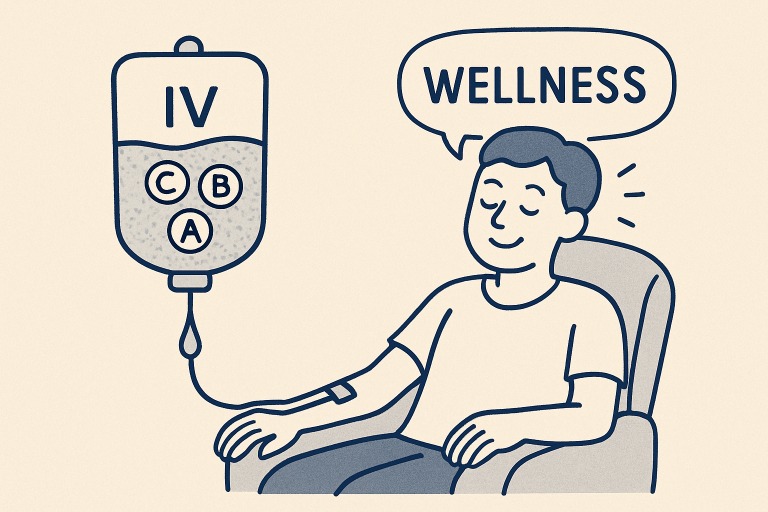Modern Pipeline Maintenance Methods for Optimal Efficiency
Table of Contents
- Introduction
- Robotic Pipeline Cutting
- Cured-In-Place Pipelining (CIPP)
- AI and IoT Integration
- Real-Time Quality Monitoring Systems
- Predictive Maintenance Strategies
- Conclusion
Pipeline infrastructure forms the backbone of global resource transportation, delivering water, oil, gas, and chemicals efficiently across vast distances. As the world demands ever-greater energy efficiency and environmental responsibility, maintaining the integrity of these pipelines is more critical than ever. Modern approaches leverage technology to not only minimize failures and leaks but also maximize operational lifespans. For instance, using essential pigging accessories for pipeline cleaning is vital for ensuring pipelines remain clear and function at their optimal capacity.
Modern maintenance technologies—from robotics to predictive analytics—enable operators to identify and address potential issues before they escalate, thereby minimizing downtime and reducing costs. With global standards for safety and environmental protection becoming stricter, advanced inspection and rehabilitation methods have become essential. Collaborative efforts among industry leaders, governments, and researchers are driving a shift toward proactive, data-driven pipeline maintenance that enhances safety, efficiency, and sustainability.
Robotic Pipeline Cutting
Robotic pipeline cutting represents a paradigm shift over traditional manual cutting and repair. By employing precision robotics, operators can access even the most challenging or hazardous pipeline environments remotely. These sophisticated systems are designed to carry specialized cutters, cameras, and sensors, delivering precise, efficient, and consistent maintenance without human in-line entry.
Leading organizations have reported notable drops in downtime and environmental spills after integrating robotic cutting for defect removal and weld preparations. Companies like Sarkinen Industrial Pipelining, for example, have pioneered the use of robotic techniques for eco-friendly, fast repairs, resulting in fewer disruptions to both the surroundings and service recipients. The adaptability of robotic platforms enables them to deploy in diverse settings, ranging from urban water mains to remote oil pipelines.
Cured-In-Place Pipelining (CIPP)
CIPP is a trenchless rehabilitation technology that has revolutionized the restoration of aging or damaged pipelines. Instead of excavating the entire pipeline, a flexible, resin-saturated liner is inserted and expanded to adhere to the inner walls of the host pipe. Once cured—either through heat, steam, or UV light—a new, jointless pipe forms within the old one, resulting in minimal surface disruption.
This method significantly reduces restoration costs and timeframes while extending the system’s lifespan by decades. The seamless nature of the resulting pipe all but eliminates infiltration and exfiltration issues common in conventional repair methods. More municipalities are opting for CIPP, leveraging its proven benefits for wastewater, potable water, and even natural gas pipelines.
AI and IoT Integration
Artificial Intelligence and the Internet of Things are bringing predictive and preventive maintenance to new heights. Networks of IoT sensors collect vast volumes of operational data in real-time, continuously monitoring parameters such as pressure, temperature, and vibration. AI algorithms analyze this data, identifying patterns and predicting when and where faults are likely to occur.
This capability allows pipeline operators to address issues hours, days, or even weeks before they would otherwise be detected. Predictim Globe, for instance, integrates AI and IoT in a unified platform, allowing instant anomaly detection, alerts, and data-driven maintenance planning. As the technology matures, early adopters are realizing substantial returns through lower maintenance costs and reduced environmental liabilities.
Real-Time Quality Monitoring Systems
Real-time monitoring systems comprise strategically placed sensors and intelligent software platforms, designed to provide continuous visibility into pipeline health. They measure flow rates, detect contamination, and trigger alarms when parameters move outside the defined norms. This always-on surveillance turns reactive maintenance into a proactive science, enhancing both safety and operational reliability.
The advent of cloud connectivity means this data can be accessed anywhere, enabling swift decision-making and remote troubleshooting. To stay ahead of evolving threats, many pipeline operators are now embedding advanced engineering solutions into their monitoring systems.
Predictive Maintenance Strategies
Predictive maintenance utilizes advanced analytics, historical records, and real-time data to forecast potential failure points before they escalate into costly emergencies. Data-driven modeling of wear rates and stress factors enables the development of customized maintenance schedules, thereby significantly reducing the risk of unexpected breakdowns. Sulzer’s Total Pipeline Services is an industry leader, demonstrating how predictive strategies minimize energy loss, enhance pump performance, and facilitate carbon footprint reduction through enhanced operational foresight.
By anticipating component wear or corrosion, pipeline operators can perform targeted interventions at optimal intervals, maximizing uptime and minimizing resource waste. These innovations make predictive maintenance one of the most valuable strategies for sustainability and cost efficiency in modern pipeline networks.
Conclusion
The future of pipeline integrity lies at the intersection of robotics, trenchless rehabilitation, smart sensors, and artificial intelligence. Embracing technologies such as robotic cutting, CIPP, AI-powered IoT, and predictive maintenance not only safeguards resources and mitigates risks but also aligns pipeline management with sustainability imperatives. Companies implementing these innovations position themselves as leaders in efficiency, safety, and stewardship for future generations.







